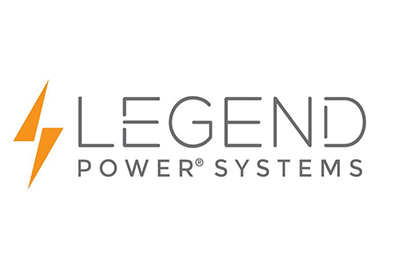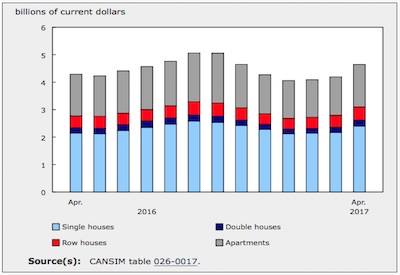Part Two: Re-engineering the Grid, The Role Young Talent Plays in Driving Innovation

May 19, 2017
The role young talent plays in driving innovation
By Paul McMullen, Vice-President Canada Business Unit.
Changing Times
The grid is changing. The linear approach from generation, transmission, through to distribution has been replaced in favour for a dynamic 2-way flow driven by distributed generation and automation. The grid has evolved, it is becoming SMART. An ever-connected world needs reliable power. Climate change requires us to re-think how we generate power, but development comes at a price.
A lack of qualified engineers results in less people to solve new complex challenges. The current education system tailored to solve the challenges of the Old Grid, does not prepare new graduates with the skills required to compete in an ever changing distribution industry. Retirement on a large scale is causing a skill leakage as seasoned engineers with decades of experience walk out of the office and onto the golf course. Who is there to fill the void? If we don’t plan for the future now, it will soon catch up on us.
{videobox}MLzx50hDZlM{/videobox}
Challenging times ahead
The industry is already feeling the pain from the lack of trained engineers on the job market. According to Ontario Energy Sector only 14% did not report problems attracting and retaining talent. That means the remaining 86% have experienced the challenges. The plus side of this is from the graduate’s point-of-view, job prospects appeared brighter for younger people aged 25-to-34 years according to Ontario society of Professional Engineers (OsPE). This candidates market means that companies have an additional challenge with hiring new graduates, not only are there less of them, but they have the ability to ask more from their employers. The challenge becomes, how to we attract the talent, and then keep them engaged and committed to the company?

New engineering graduates who have just gained their iron ring will solve the challenges that will propel the grid forward. The challenge they face is that their education does not prepare them for the industry they will enter. Here industry leaders must take the reins on the professional development of these new graduates to allow them to reach their full potential. On the job training has never been so important
With an industry-low turnover of less than 1% S&C Electric Canada Ltd. boasts the impressive statistic that 25% of its current team members have been with S&C for 25 years or more. S&C recognises that the new graduates enter the industry enthusiastic and ready to dive into their careers, but lacking the practical hands on experience to do this. S&C sees this challenge as an opportunity to nurture the next generation of game changers and at the same time, foster a mutual commitment to the company and its values.
As an advocate for Daniel H. Pink (author of “Drive: The Surprising Truth About What Motivates Us”), I truly believe that, to engage the next generation of bright thinkers to solve complex challenges, we must strive to:
Support Autonomy—Employers can accomplish this by allowing our team members to work autonomously, and we trust them to manage their own work, direct their own lives, and encourage them to bring new ideas to the table. Management increases compliance, but not engagement. Ergo, micromanaging stifles innovation.
Encourage Mastery—Once team members have found an interest, we challenge them to become a master in that field. We support and coach them to build on interests and cultivate passions, and then empower them to share their skills with less-experienced team members and contribute to the collective knowledge pool.
Develop a Purpose—We need to embrace individuals looking for a sense that what they do serves something meaningful beyond themselves. They are looking for their prospective employers to provide this purpose. Purpose is motivating; that’s what get’s us out of bed in the morning.

S&C’s vision is to “empower people to transform the grid.” So, for more than 100 years, S&C has empowered its workforce to challenge the status quo and become masters of a field they themselves can help develop to drive the grid forward.
{videobox}wNbLwEfVg6E{/videobox}
To this end, S&C has a long history of investing in future talent. In one of the latest examples, S&C’s Canada Business has joined forces with Electro-Federation Canada, a national not-for-profit industry association, to offer a student $3,500 scholarship. This year, Electro-Federation Canada’s members will support more than $150,000 awarded across 57 scholarships.
S&C has built its proud 100 year history on innovation, and innovation is driven by people. S&C is committed to continuing to engage the next generation of young talent to propel the grid forward…are you?
Resources:
http://www.huffingtonpost.ca/2012/12/19/canada-immigration-foreign-skilled-workers_n_2293003.html










![Guide to the Canadian Electrical Code, Part 1[i], 26th Edition – A Road Map: Section 10 – Grounding and Bonding](https://electricalindustry.ca/wp-content/uploads/2022/11/Guide-CE-Code-2.png)





